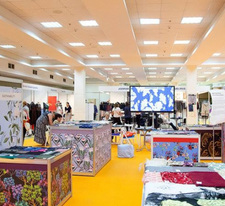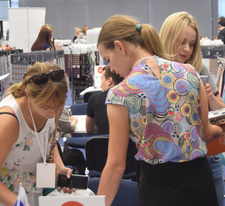Wearable electronic textiles have been invented in Japan
Professor Yoshiro Tajizu from the University Kansai (Osaka, Japan) and Teijin Limited(Japan), have developed innovative wearable piezoelectric sensors – braided cords PLLA. This technology can be used as wearable sensors in the fields of fashion, sportswear, interior design and healthcare, in areas where conventional wearable sensor devices cannot be used.
Displays and touch panels have become widespread in recent years. It is difficult to imagine using smartphones, personal computers, digital watches and other modern electronic devices without this form of human and gadget interface. However, despite the proliferation of such devices with touch panels, more and more research is being conducted aimed at creating devices of the next generation that can be worn as smart clothing, the so-called "wearable sensors".
«Our research is aimed at developing functional clothing, sometimes called«electronic textiles.We believe that wearable devices will allow people to interact naturally with external devices without hindering the performance of complex movements. In addition, "electronic textiles" should be convenient and fashionable for wide distribution. These ideas led to the creation of our wearable sensors in the form of the traditional Japanese braided cord or Kumihimo used in kimonos.
Yoshiro Tajizu
The innovative approach of Yoshiro Tajizu and Teijin Limited made it possible to create the world's first wearable piezoelectric fabrics consisting of conductive carbon fiber, piezoelectric polycritical poly-L-lactic acid (PLLA), yarn made of polyethylene terephthalate (PET) and conductive carbon fiber outer screen.
Piezoelectric braided cords PLLA create electrical signals in response to almost any three-dimensional movements, including bends and twists. It is important to note that these fabrics with a coaxial cable are woven into piezoelectric braided cords for the purpose of electromagnetic protection, so they will not respond to environmental noise from mobile phones and other similar electromagnetic interference.
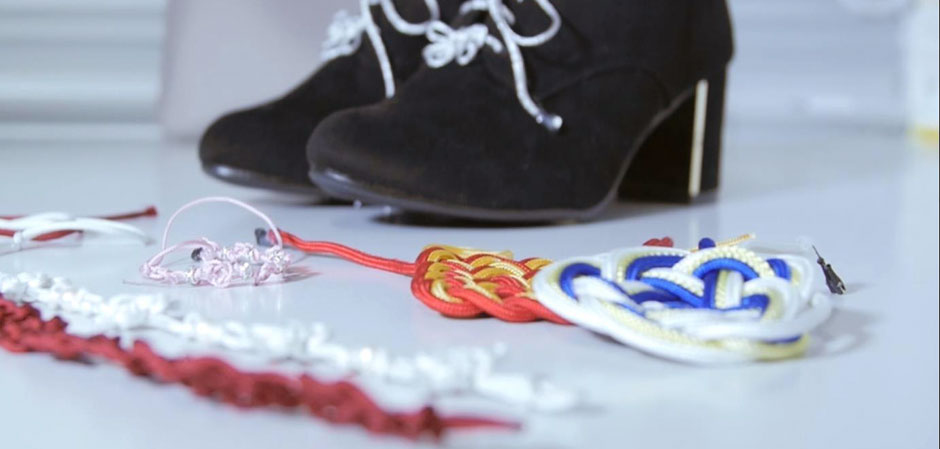
One of the unique applications of the technology for socks is the Japanese kimono. "We are working with fashion designers in France and Italy on the design of clothes made from our braided cords PLLA," says Tajizu. "We are also exploring the possibilities of traditional Japanese clothing, such as women's kimono with partners in Japan."
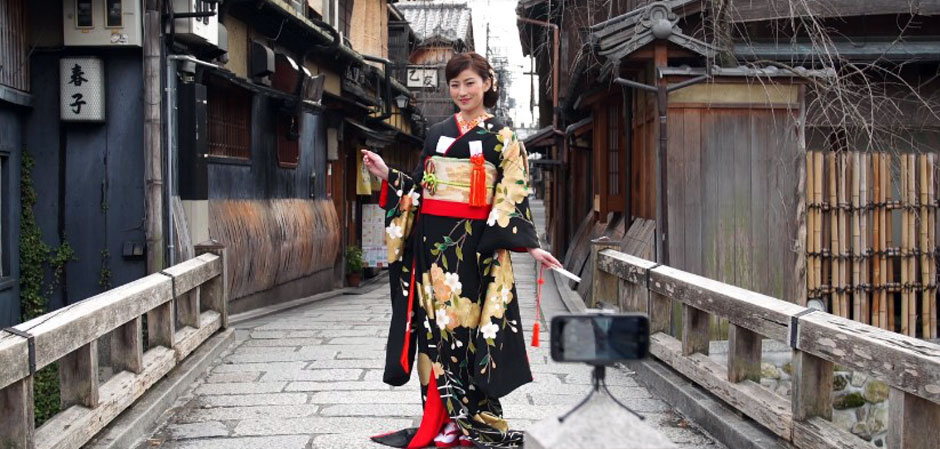
Healthcare and human movement monitoring are other potential applications of braided cords PLLA. For example, Tajizu and the staff made decorative necklaces with Kame and Kicchyo knots, which were successfully used to control the pulse rate measured on the carotid arteries of the neck. It is noteworthy that the pulse signal was not affected by movements of the head or other parts of the body.
The subject does not feel uncomfortable with the necklace, so it is a very useful portable device for health monitoring. In our experiments, we transmitted signals to smartphones via Wi-Fi. We also made shoe laces to follow the movement. So it's a fashionable and very powerful technology for large-scale applications.
Yoshiro Tajizu
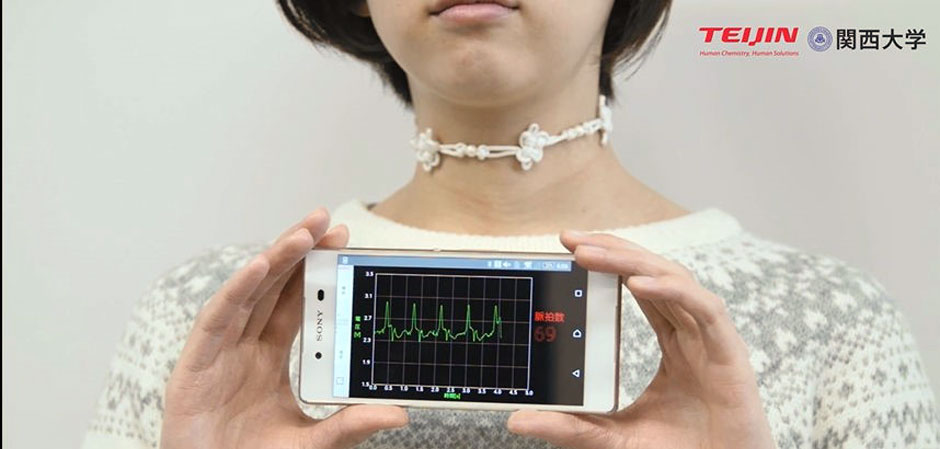
Photo: Murata Manufacturing Co., Ltd.





